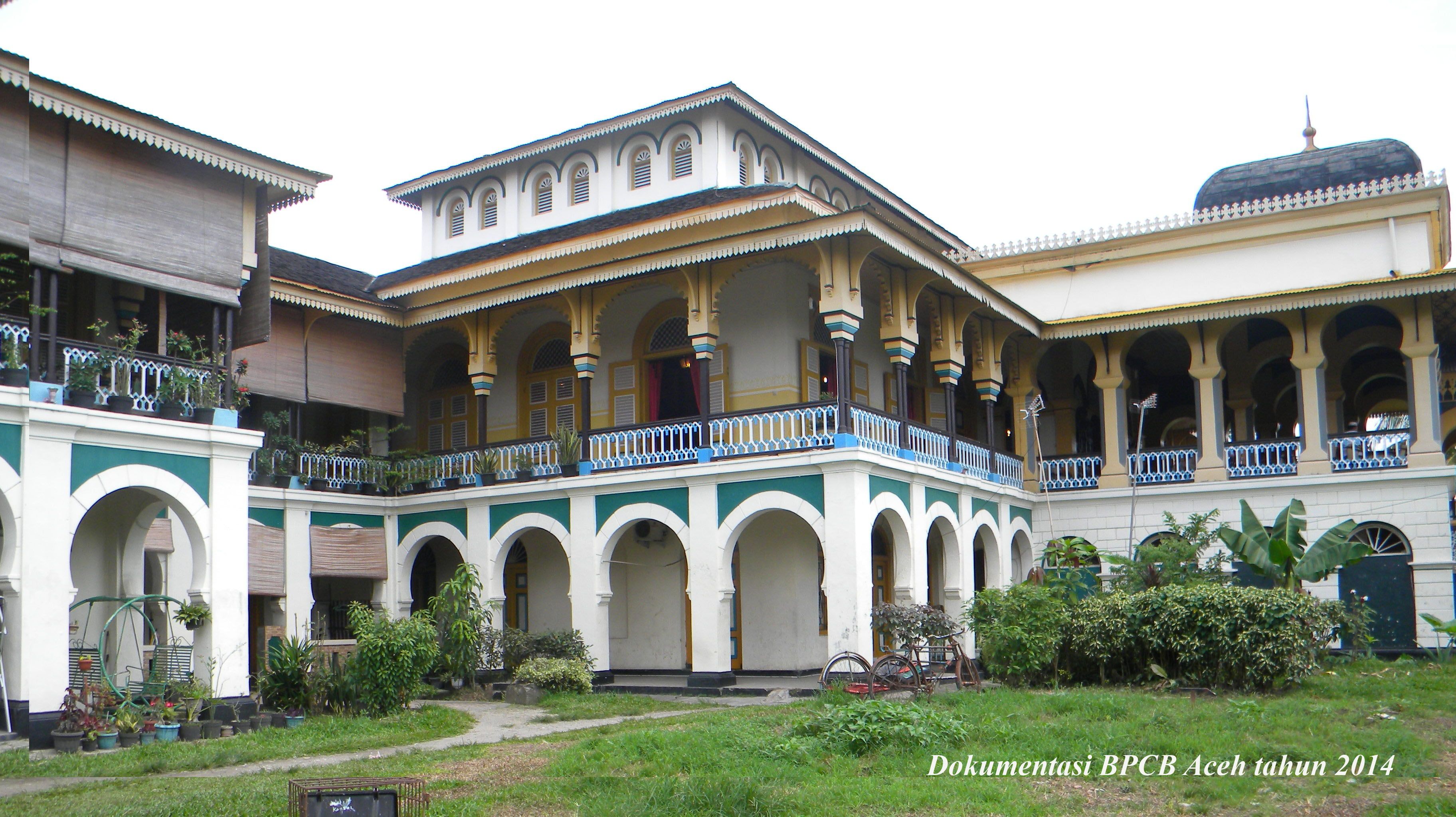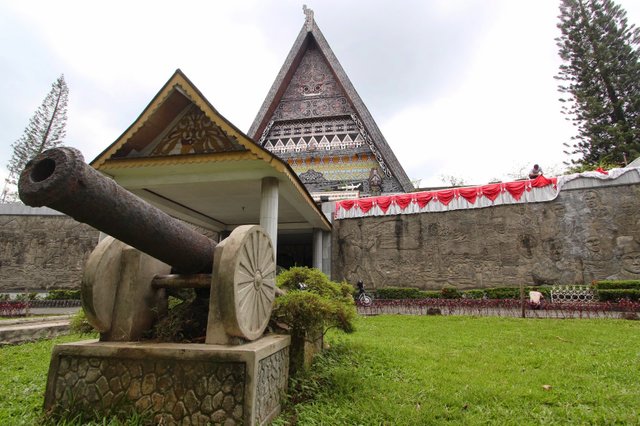North Sumatra was born on April 15, 1948 with the territory covering three residencies, namely, Aceh, East Sumatra, and Tapanuli. The capital was not yet in Medan, but in Kutaraja, now Banda Aceh. The first Governor of North Sumatra held by Mr. S.M. Amen.
Based on archaeological findings, North Sumatra is known to be inhabited since the days of Mesolithic. Its residents are referred to as Austro Melanesoid people, many inhabit the estuary of the river. In 2000 BC, North Sumatra began to be inhabited by Proto Malays and later inhabited by Deutro Malays who came from the southern part of China.
At the beginning of the Mas Dhi, North Sumatera residents have established trade relations with people from India and China. Around the year 775 AD, North Sumatra is included in the territory of the Kingdom of Sriwijaya. Governance with the Kingdom system in North Sumatra emerged in the 15th century, with the emergence of the Kingdom of Nagur, Aru, Panai, and Batangiou. At one time, there was a war between the Kingdom of Nagur and Kerajaa Batangiou won by the Kingdom of Nagur. Because of victory in the battle, the Kingdom of Nagur became the ruler of all Simalungun.
In the 16th century, in Tapanuli emerged a kingdom founded by the descendants of Sisingamangaraja, the Kingdom of Batak. This kingdom then covers the whole of Tapanuli, up to Angloka, Mandailing, and Dairi. Meanwhile, in the eastern coastal area of North Sumatra there is a large kingdom called the Kingdom of Aru. The area covers a vast area, from the border of Aceh to the mouth of the Barumun river, covering Langkat, Deli Serdang, Asahan and Labuhan Batu areas.
The three kingdoms above, namely, Nagur, Batak, and Aru are continuously involved in the competition for the hegemony in the region of North Sumatra. The power of the Kingdom of Nagur is increasingly widespread, covering the hinterland of Asahan, Serdang Hulu, Tanah Karo up to the upper Gayo area, covering all the northern hinterland of North Sumatra. Meanwhile Batak empire (Sisingamangaraja) has had its influence throughout Tapanuli, some areas in Karo land, and even seized Simalungun territory previously under the authority of the Nagur Kingdom. While the Kingdom of Aru, when it gets threats from three power bedar in the Malacca Strait, namely, Aceh, Portugal, and Johor. To avoid the threat, the center of the Kingdom of Aru moved to the interior, which is in Deli Tua, now its territory about ten kilometers from Medan.
The influence of Aceh to North Sumatra entered in the 17th century. An Aceh Commander named Gocah Pahlawan came to Deli Tua and married Princess Wan Baluan from Sunggal. Gocah Hero is what lowered the kings of Deli and kings Serdang. In 1669, several coastal areas of eastern North Sumatra were captured by Siak. Siak then set up a government based on Minangkabau rules.
In the 19th century, Dutch influence began to enter. on February 1, 1859, Siak signed an important agreement with the Dutch. Its contents are the recognition of the Siak ruler that his territory belongs to Dutch power. The Dutch were also allowed to build bases in Bengkalis and the areas that were deemed necessary. The Dutch were also allowed, if necessary, to cite taxes in areas of Siak power.
The Dutch then appointed an Assistant Resident in Siak. The Dutch powers when it encompassed the entire Siak colony, the eastern coast of Sumatra. Meanwhile, in the western coastal areas of North Sumatra, Dutch rule began to enter since the end of the Paderi war in West Sumatra. For inland hobo land area, the Dutch power grip is marked by a "copper agreement". The agreement contains requests for King Gedombang's assistance from Mandailing against the Netherlands to face Paderi. With the agreement, the Netherlands began to put its influence in the interior of North Sumatra. In addition, the Dutch also attacked and occupied Nias Island in 1863.
In 1834, the Dutch established the Residency of Tapanuli. The residency center is in Sibolga and controls four afdeling areas, namely, Sibolga en Omstreken, Angkola en Sipirok, Batakladen, and Nias. On March 1, 1887, the Dutch established residency in the area of East Sumatra. The Residency of East Sumatra is centered in Medan, consisting of four afdeling areas, namely, Deli Serdang, Simalungun and Karolanden, Langkat, and Asahan.
The expansion of Dutch rule, much to the cause of popular resistance. However, all such resistance was not well organized and always in a small force so that the Dutch could dampen all such resistance. The fierce opposition was only visible when the Dutch expanded its power to the interior, that is, the Batak land. The Resistance is led by Sisingamangaraja XII. The resistance is widespread, in addition to Toba, also reaches other Sisingamangaraja domains such as Southeast Aceh, Dairi, Pakpak, Karo, Simalungun.

